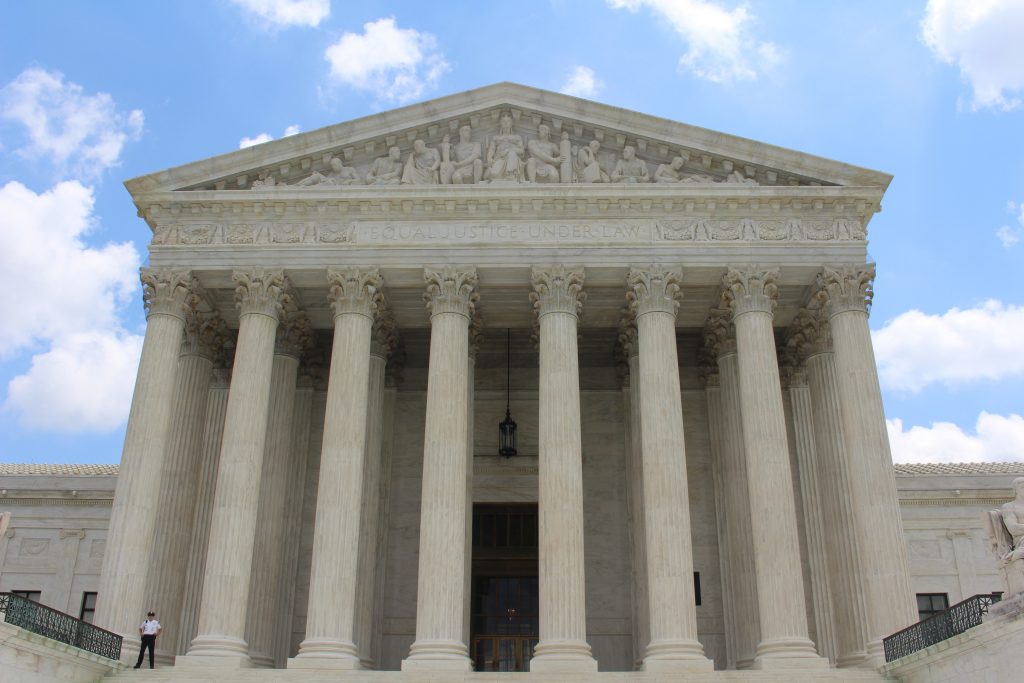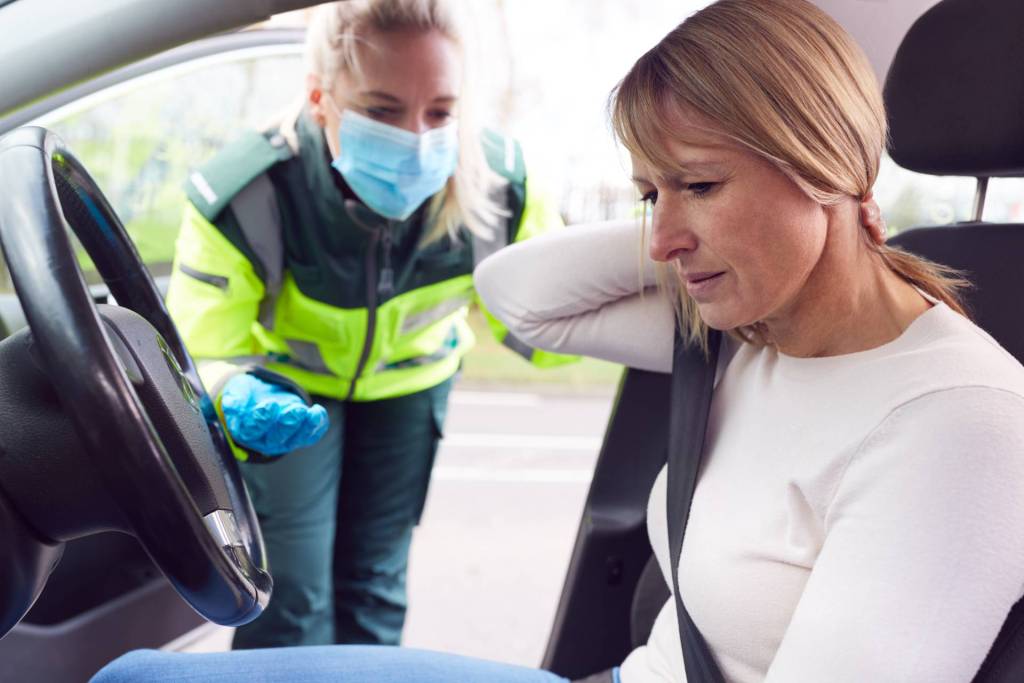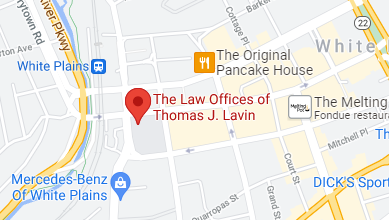Millions watched and sympathized with the pain of Keaton Jones this month. In a heartbreaking and viral video recorded by his mother, the Tennessee middle school student grieves and questions the constant bullying he faces by his peers.
“Why do they bully? What’s the point of it? Why do you find joy in taking innocent people and finding a way to be mean to them?” he asks, through tears, to the camera. Keaton sits in a car with his mother, who came to pick up her son who was leaving school early, too afraid to have lunch with his classmates.
This is not the first time he has left school early because of harassment. The young boy describes the persistent abuse he faces each day at school, with students who make derogatory remarks about his nose, his general appearance, and his lack of friendships.
The bullying he faces is also physical, classmates pouring milk on him and stuffing food under his clothing.
Asking parents to talk to their children about bullying, Kimberly Jones posted the video to Facebook, amassing over 15 million views and circulating various websites and social media platforms.
Keaton’s story is furthering the national discussion on bullying in schools and in society at large. The increasing intensity of the public discussion on bullying is similar to this year’s immense conversation on sexual harassment and assault, which became the subject of Time magazine’s Person of the Year.
Bullying and Education
Bullying has become a serious topic of public discussion, with people of all ages becoming increasingly concerned about suicide and mental health. Keaton’s story comes in the wake of the deaths of 13-year-old Rosalie Avila and 10-year-old Ashawnty Davis, two students who committed suicide over the past month due to bullying.
Unfortunately, there are many more recent cases of student bullying ending in tragedy. Earlier this year, Penn State sophomore Timothy Piazza died after students forced him to consume dangerous amounts of alcohol as part of hazing rituals for the Beta Theta Pi fraternity. Over 26 students and fraternity members are now facing charges including involuntary manslaughter and hazing.
In October of this year, a New York court ordered the Eldred School District to pay 1 million to bullying victim Anthony Motta Jr. as the district was found negligent in addressing the harassment.
In 2010, Rutgers student Tyler Clementi committed suicide by jumping from the George Washington Bridge after a video of him kissing another male student was secretly live-streamed by his roommate and another student in their dorm. Hazing continues to be a serious issue, particularly in universities.
The harrowing effects of persistent and aggressive bullying have led to various state laws and policies against bullying in its different forms, in-person and cyberbullying.
The government anti-bullying website describes the three types of bullying (verbal or written, social, and physical) and the different ways in which the internet is involved. The taunting, humiliation, degrading rumors, hazing, purposeful exclusion, and other tactics often occur on the internet as well as in school or in after-school settings.
Gender, ethnicity, sexual orientation, religion, and disability may be the basis for bullying. Physical bullying and fights can also be recorded and circulated through text messages and posted on social media. People who are bullied can experience detrimental and lasting problems as a result.
Those who are bullied are also at risk of experiencing negative physical, academic, and mental health issues, and some may be at risk of substance abuse issues and suicide as a result of the abuse.
Anti-bullying laws and policies vary from state to state, and the U.S. Department of Education identified 11 key components common among the different state laws. Until recent years, many different types of bullying behavior were classified under hate crimes, harassment, assault, and other crimes.
Now there are state laws that explicitly target and classify school bullying as a crime. Every state in the country has anti-bullying laws.
Most states also have anti-bullying model policies to guide districts and schools (with the exception of Arizona, Arkansas, Colorado, Hawaii, Mississippi, Missouri, North Carolina, and Texas).
State policies offer protocols for schools, who have a great responsibility in preventing and responding to bullying experienced or perpetrated by their students.
There are no federal laws that explicitly address bullying. On a federal level, bullying would be classified under the crimes mentioned above. Schools that fail to appropriately respond to harassment among students may also be in violation of one or more civil rights laws.
Minors guilty of criminal bullying typically do not face a criminal charge. Instead, the child faces juvenile delinquency, and their consequences are controlled by the juvenile justice system.
There are several steps schools, parents, and students should take to prevent and respond to bullying. Various signs that someone may be experiencing bullying include unexplained bruises or injuries, declining performance in school or other activities, missing classes, trouble sleeping, very low self-esteem, and other indicators.
It is important for parents and schools to be very vigilant, as bullying is often hidden from authority figures and can also take place online. Parents, peers, and educators should keep an open line of communication with those who are bullied, talking to them, listening to their experiences, and helping them find healthy and effective solutions.
Students should treat each other with mutual respect, reach out to those who are bullied, and report bullying to authorities. Many educators argue that “zero tolerance” policies towards bullying, which typically result in immediate suspension or expulsion, do not help to prevent or reduce bullying behavior.
Instead, many argue for other ways to deal with bullying in schools, which include reinforcing positive behavior, early intervention, character education, social skills training, and teaching the bully to recognize why their actions are wrong. Sometimes students who bully may also do so because of deeper issues, such as stress or issues at home.
Parents should provide emotional support for their children, listening to their detailed stories. They should also help gather evidence of their child being bullied and contact their child’s school. Any physical account of bullying should be reported immediately to the police.
Schools have a responsibility to foster healthy learning environments for their students. If a school does not provide a reasonable and effective solution, parents should contact an attorney for legal assistance.
A lawyer can help victims and their families take legal action against schools, parents, and other authority figures who are not finding effective solutions. Schools contacted by a lawyer may take the bullying more seriously.
Possible legal action includes suing or filing a civil case against the bully and/or the school. There are many lawyers who specialize in juvenile crimes and could be a very valuable resource for resolving bullying.
Bullying Outside of the Classroom
Much of the discussion on bullying involves students, but bullying is also prevalent in other settings among people of all ages. Many of the tactics used by bullies in schools are also used by adults in other settings, such as in the workplace.
This behavior is not explicitly defined as workplace bullying under the law, and it may fall under other crimes such as harassment, assault, stalking, or hate crimes. The Workplace Bullying Institute is a U.S. organization dedicated to fighting against workplace bullying.
The organization defines workplace bullying as the “repeated, health-harming mistreatment of one or more persons (the targets) by one or more perpetrators.” It is abusive and persistent in nature, with the intent of the perpetrator to threaten or harm their target.
A workplace bully may target a co-worker or employee for various reasons, including gender, race, sexual orientation, religion, and those they may perceive as vulnerable or as a threat. Like school bullying, it can negatively affect victims in many ways, including the prevention of one to be able to do their job.
Aggressive and competitive workplaces can be breeding grounds for bullying. Employers should be very aware of the type of work environment they create for their employees, making sure it is a healthy, positive, and productive place where people are able to be comfortable and do their jobs.
Workplace harassment can also take place during a job interview or hiring process, where a potential employee faces discrimination and/or discriminatory questions that are inappropriate and irrelevant to their ability to perform a job.
Those who are victims can take several steps towards trying to resolve these issues. Like school bullying, victims should keep detailed records of the harassment, preserving any documents that can be used as evidence. Targets of workplace bullying can try to resolve the issue directly with the bully.
If confronting the bully about their actions does not work, one can bring their evidence to management or human resources and file a complaint. Also turn to possible policies regarding how employees should conduct themselves in the workplace.
Taking Legal Action Against Bullying
Students, employees, and communities should take effective action against bullying, harassment, and discrimination. Schools and employers should respond to bullying adequately and promptly, performing a thorough investigation and instilling proper consequences.
If an employer does not effectively respond to workplace harassment, the victim should seek the guidance of an employment lawyer. There are several laws protecting the rights of employees.
The Equal Employment Opportunity Commission (EEOC) is a federal agency that enforces job discrimination laws. Specific states may also have their own employment laws against harassment in the workplace.
If you are experiencing harassment or discrimination in the workplace and your employer fails to resolve the issue, seek the legal assistance of an attorney.
A lawyer may help you file a formal complaint with the EEOC, who can thoroughly investigate your claim and more effectively resolve workplace harassment and discrimination.
Certain cases of discrimination and harassment – many of which can result in the termination of employment and economic loss – may entitle you to compensation.
The parents of students experiencing bullying and those experiencing workplace bullying can seek the legal assistance of an attorney at the Law Offices of Thomas J Lavin.
In practice since 1984, we have represented clients in numerous cases, including car accidents, slip/trip and fall accidents, medical malpractice, and many other practice areas. Our experienced Bronx personal injury attorneys can help you find a solution for the bullying you or a loved one is experiencing.
In certain cases, you may also be able to receive compensation for emotional and psychological suffering, employment loss, and economic loss. We are proud to say that for over three decades we have had the privilege to be associated with the legal representation of more than 5,000 injured victims and have been associated with the successful recovery of more than ONE BILLION DOLLARS on their behalf.
We would be honored to represent any person who may have been the victim of bullying. We have two offices in New York (White Plains and the Bronx), and one in West Palm Beach, Florida. Both New York and Florida have their own state anti-bullying laws and policies.
Our offices offer free consultations and do not charge a client until they receive compensation for their case. Call us at 800-394-4216 or send us a message through the contact page of our website for a free consultation.














